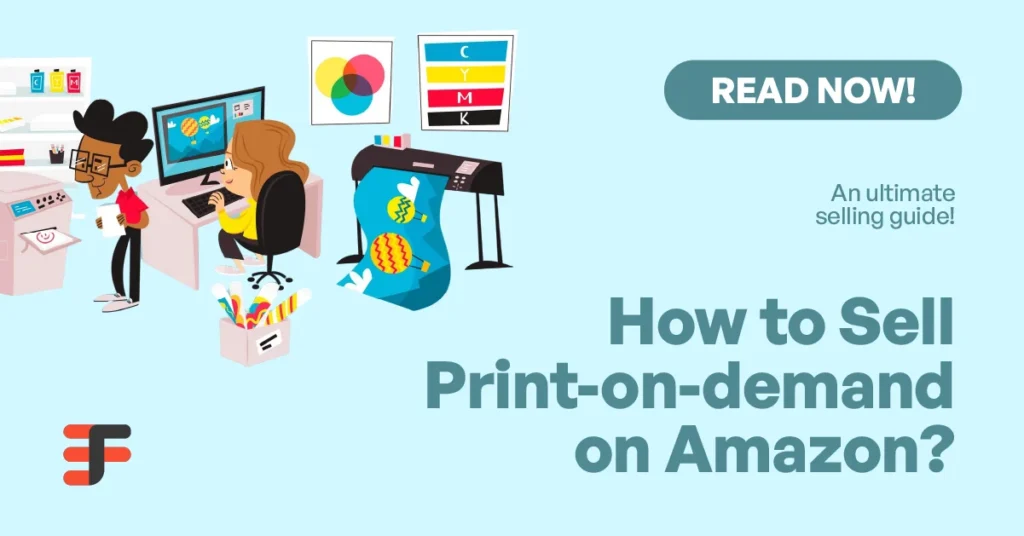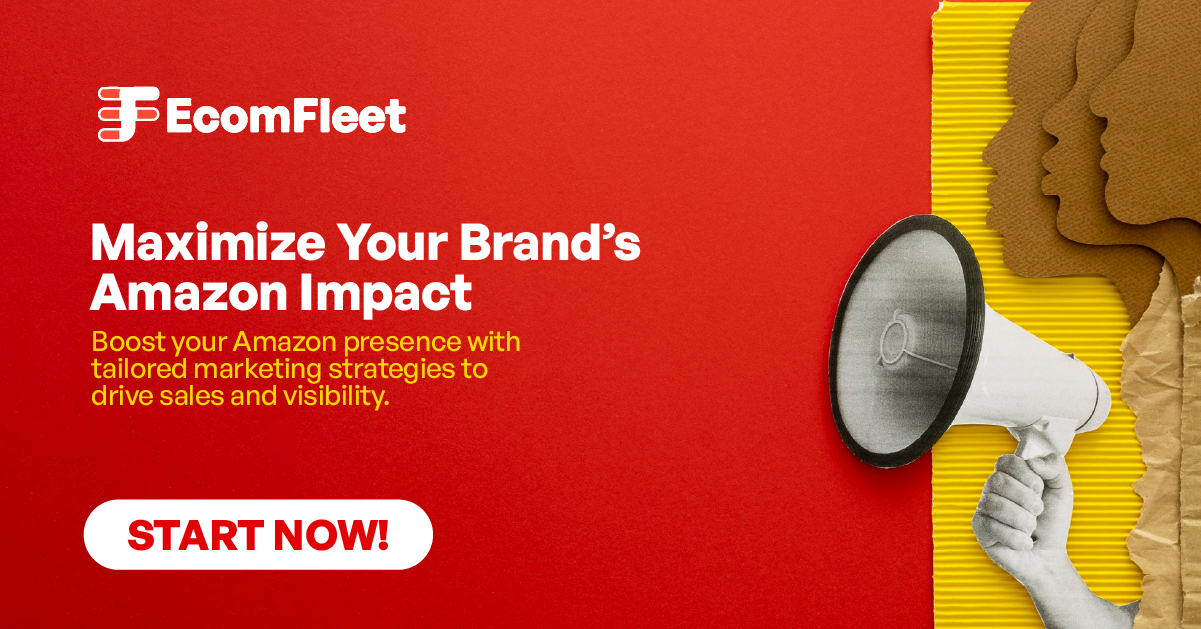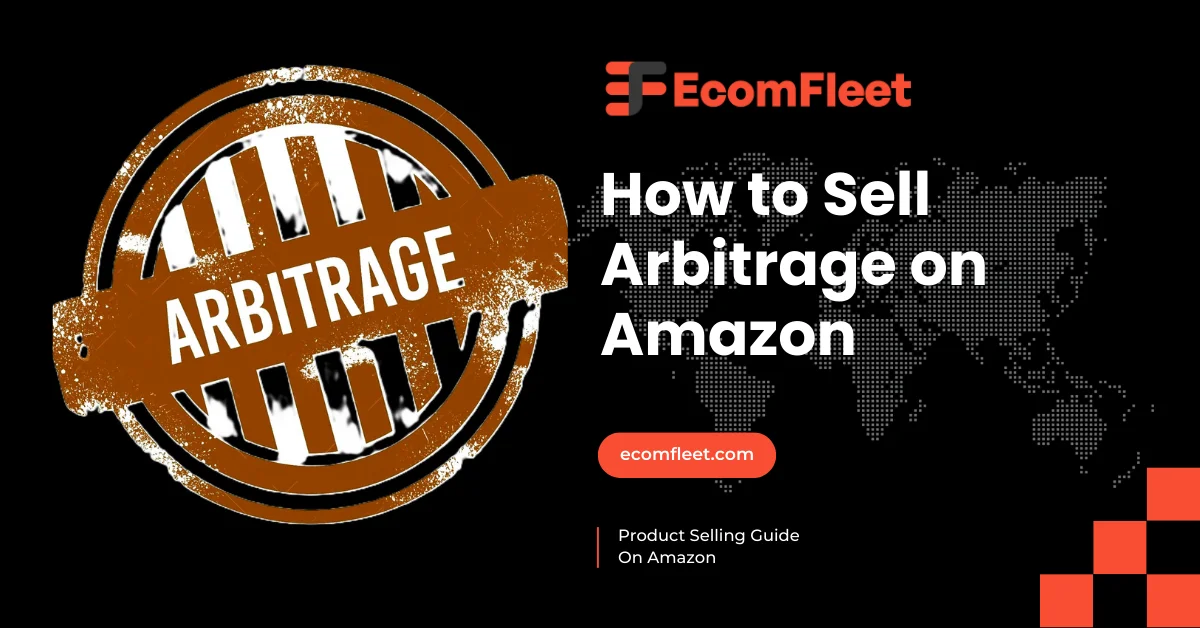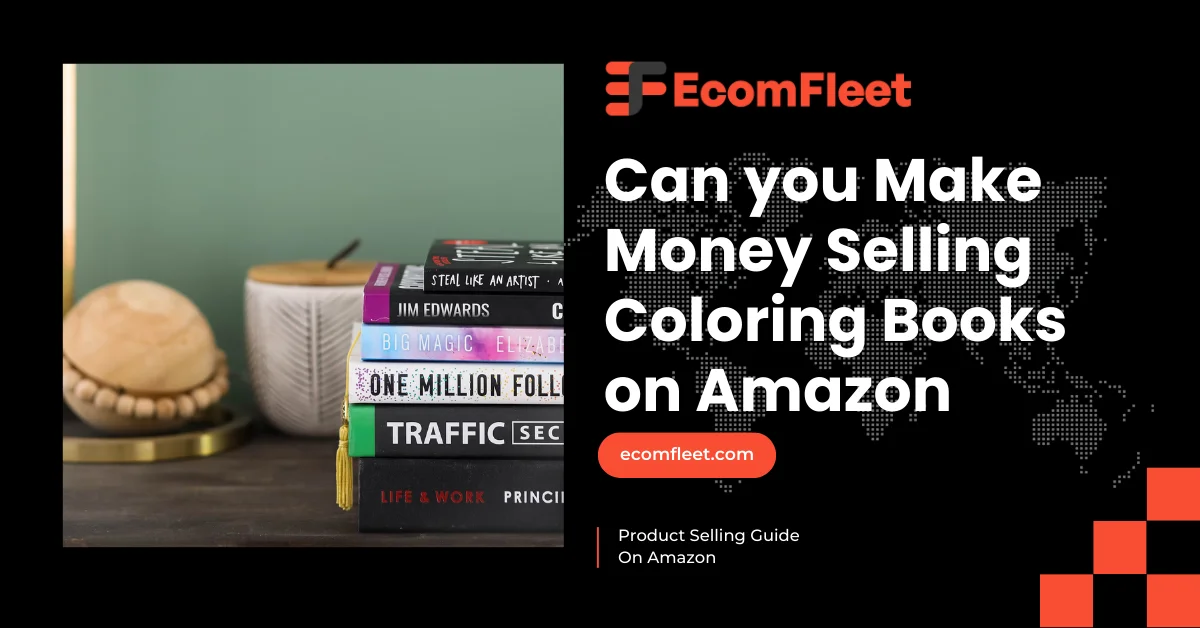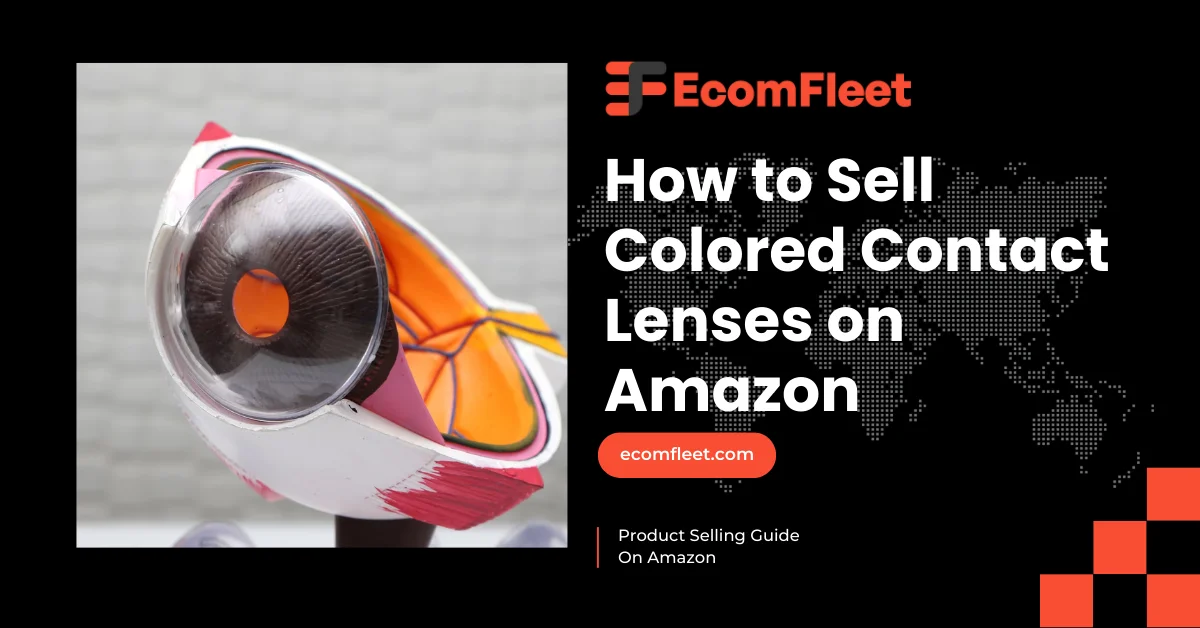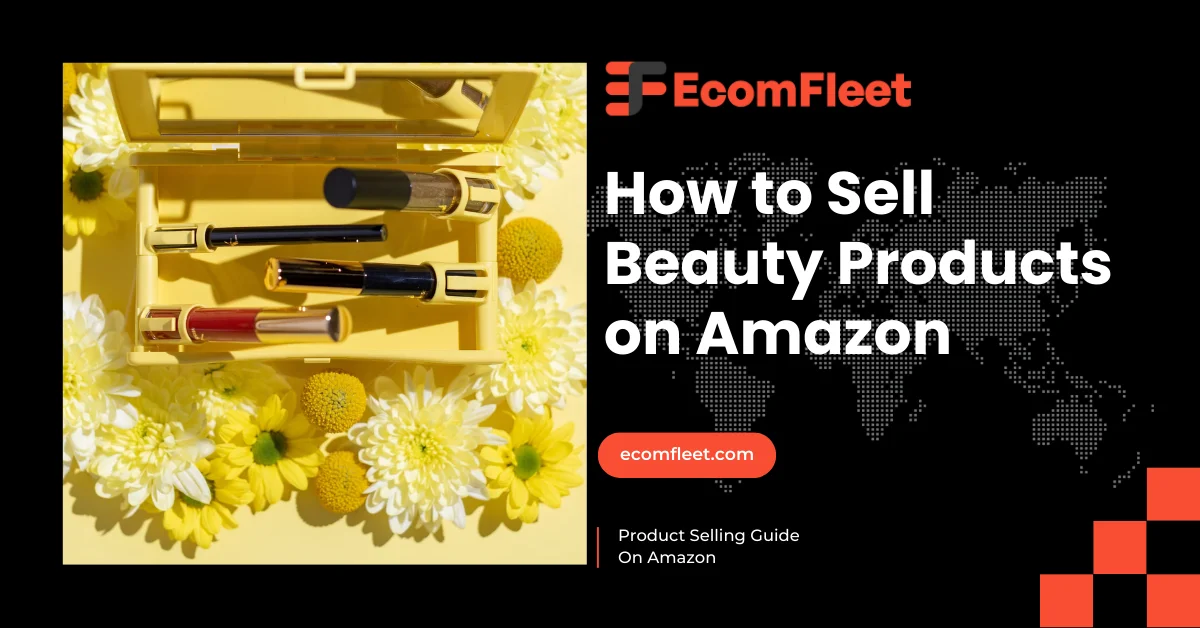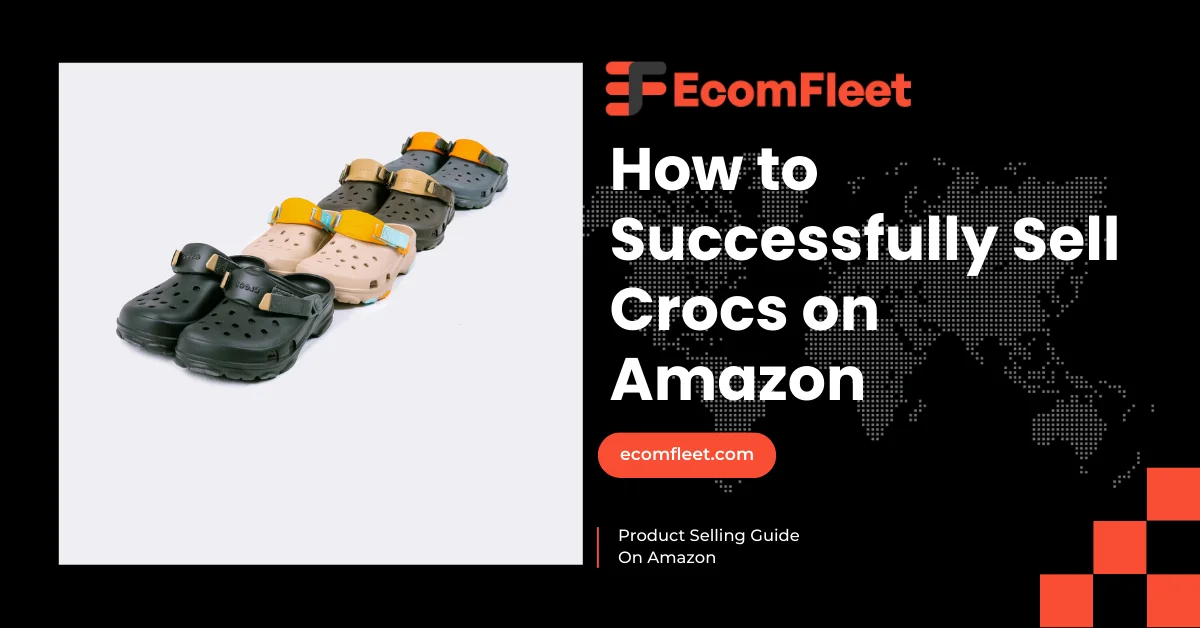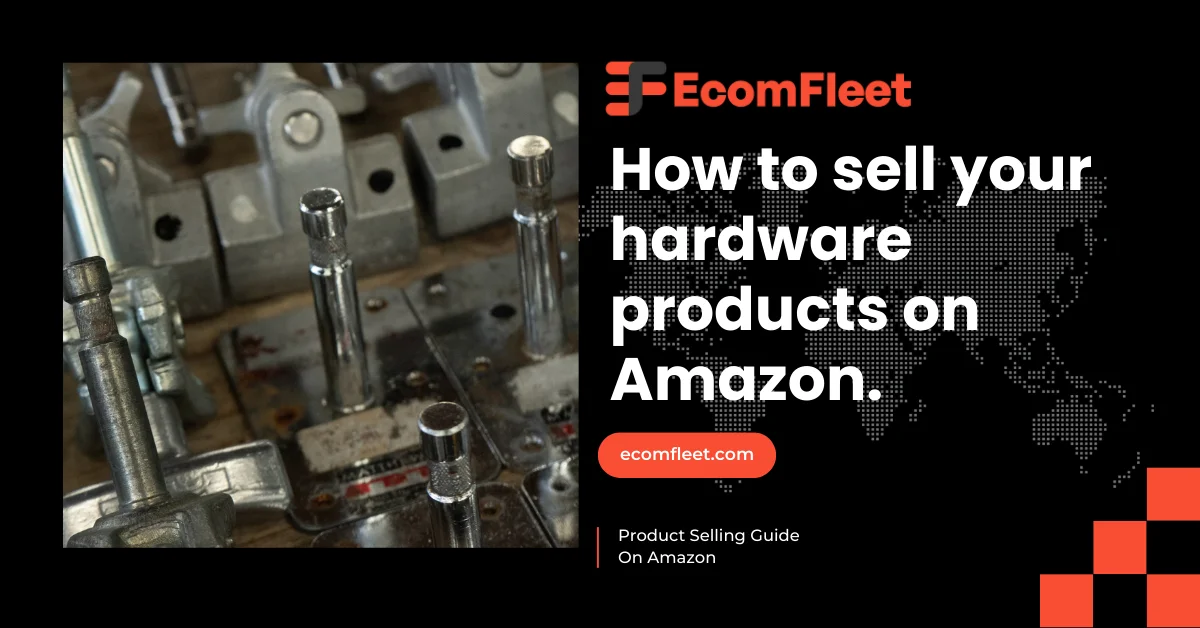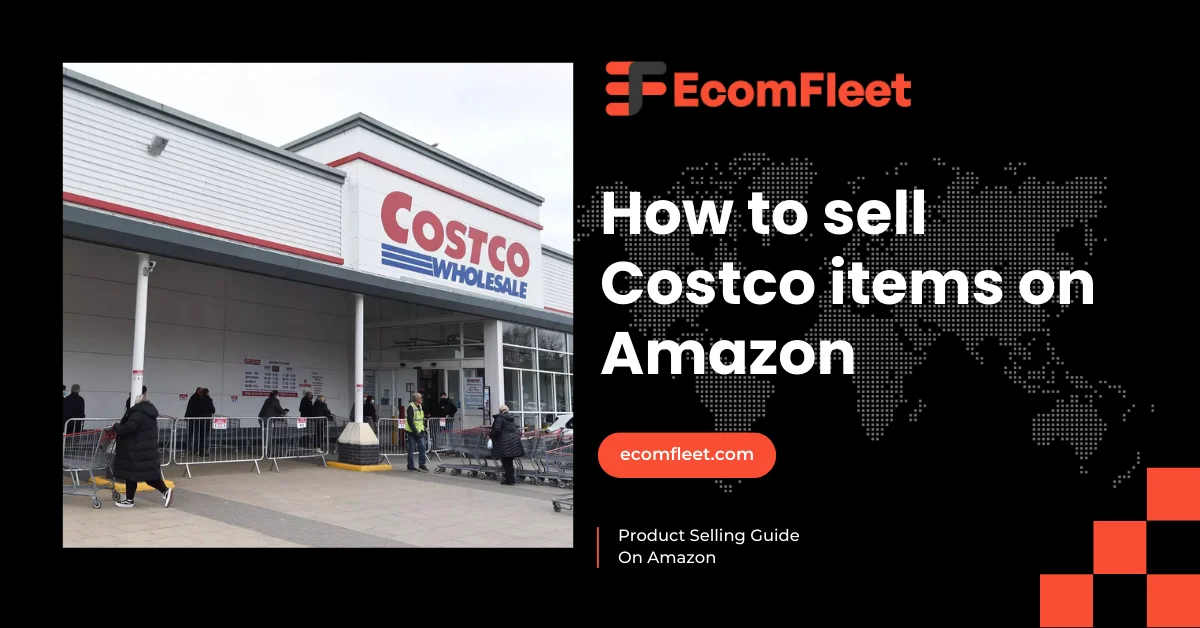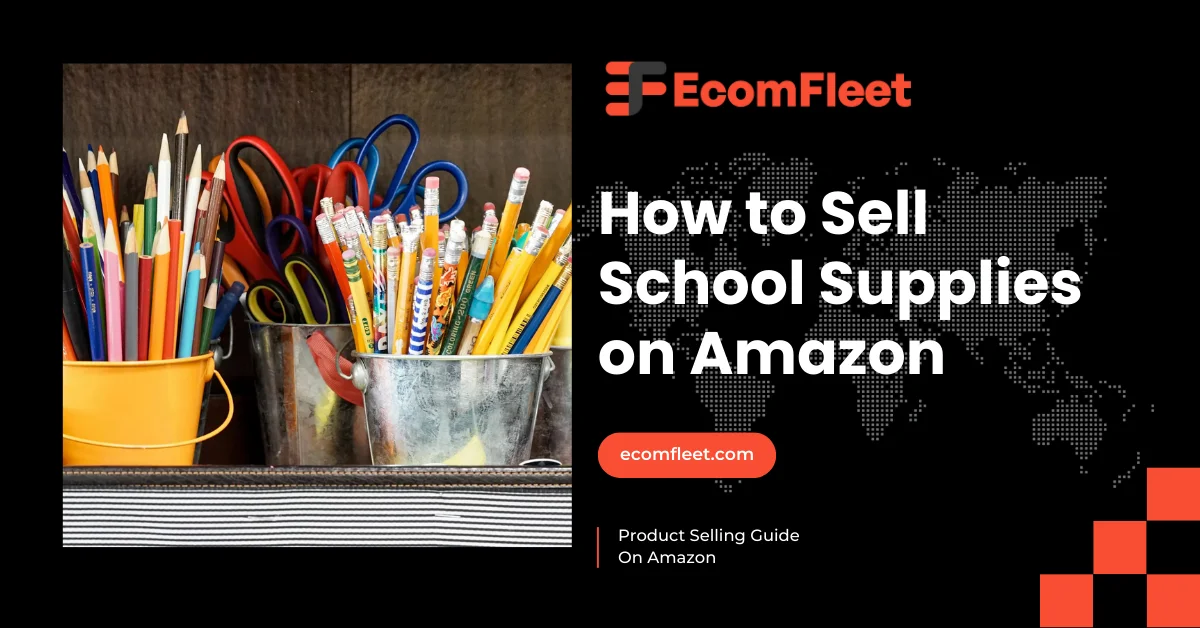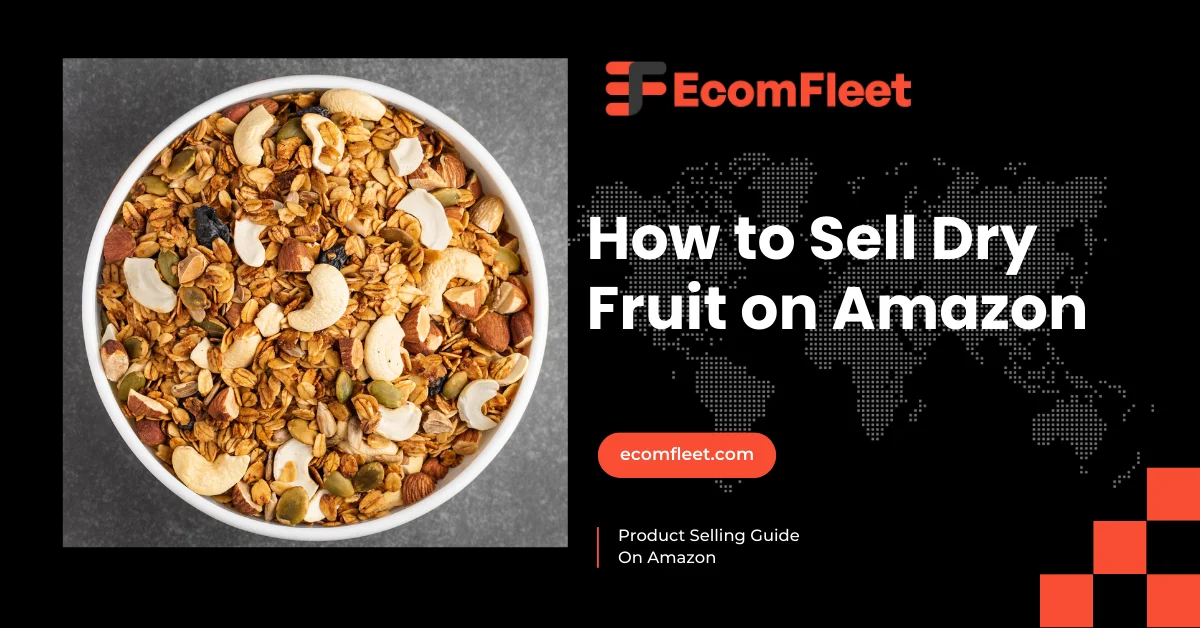Print-on-demand (POD) on Amazon offers a fantastic opportunity for entrepreneurs to sell custom-designed products like t-shirts, hoodies, and mugs without managing inventory. In this model, items are produced only after a customer orders, lowering upfront costs and letting sellers focus on design and marketing. According to Printfull research, the POD industry is expected to grow significantly, with a market size projected at $39.035 billion by 2031 and a CAGR of approximately 25.3%. It highlights sustainability as a key factor driving consumer preferences & Leveraging Amazon’s huge marketplace allows POD sellers to reach most of their audience. Still, success depends on understanding Amazon’s policies, setting competitive pricing, and creating standout designs. This blog provides a step-by-step guide, from setting up your account and optimizing listings to promoting your brand effectively on Amazon. Whether you’re new to POD or looking to expand, this resource will equip you with the insights needed to thrive in Amazon’s POD space.
What is a Print-on-Demand product?
Print-on-demand (POD) is a service that allows you to create and sell custom products without holding any inventory. Instead of printing a large number of items upfront, you can design products like t-shirts, mugs, or phone cases, and they are printed only when someone orders them. This means you don’t need to spend money on items that might not be sold.
The process is simple. First, you choose a product you want to sell, like a t-shirt. Then, you create a unique design using images or text. Once your design is ready, you upload it to a POD platform, such as Teespring. When a customer places an order, the POD service prints your design on the product and ships it directly to the buyer.
This model is great for artists, entrepreneurs, or anyone wanting to start a business without the risk of unsold inventory. You can easily test new ideas and designs since you only pay for what is sold. Plus, it allows for flexibility; if a design isn’t working, you can quickly change it without losing money.
POD also enables you to reach a global audience. Customers can order from anywhere, and you don’t have to worry about shipping logistics. This makes it a convenient option for those who want to enter the online marketplace with minimal upfront costs.

Difference Between Print-On-Demand & Merch-On-Demand
Print on Demand (POD) and Merch on Demand differ primarily in platform exclusivity and fulfillment processes. POD is a flexible model where sellers can upload designs to third-party providers like Printful or Printify, which produce and ship products only after an order is placed. This allows sellers to operate across multiple platforms—Amazon, Etsy, or their websites—while handling production and shipping through various providers. Merch on Demand, by contrast, is Amazon’s specific service for on-demand merchandise. Creators upload designs directly to Amazon, which exclusively sells the products on its marketplace and manages all production, fulfillment, and customer service. While POD provides broader selling flexibility and integration with multiple platforms, Merch on Demand offers a streamlined Amazon-only solution that simplifies management but restricts distribution to Amazon’s platform.
Benefits Of Selling Print On Demand On Amazon
Selling print-on-demand (POD) products on Amazon can indeed be profitable, but the extent of profitability varies based on several key factors. One of the primary advantages of the POD model is that it allows entrepreneurs to create and sell custom-designed products without the need for upfront inventory costs or extensive storage solutions. This means that you can start your business with minimal financial risk. However, while the barrier to entry is low, profit margins can be relatively tight due to the production costs associated with POD services and the fees charged by Amazon.
The print-on-demand market is experiencing significant growth. Valued at $6.3 billion in 2022, the market is projected to grow at an impressive 28.8% compound annual growth rate (CAGR) from 2023 to 2030, driven by rising consumer demand for personalized products and the increasing accessibility of e-commerce platforms like Amazon
Factors Influencing Profitability
Product Pricing and Margins: Profit margins in POD typically range from 20% to 50%, depending on your pricing strategy and the type of product you are selling. It’s essential to conduct thorough market research to determine competitive pricing while ensuring that you cover production costs and Amazon’s fees.
Niche Selection: Choosing the right niche can significantly impact your profitability. Entering a less saturated market with unique designs can lead to better sales outcomes. For example, targeting specific hobbies, interests, or trends that resonate with a particular audience can help you stand out from competitors and attract more customers.
Marketing and Visibility: Effective marketing strategies are crucial for driving traffic to your Amazon listings. Utilizing social media platforms, Amazon ads, and SEO techniques can enhance your visibility and increase sales. Many successful POD sellers invest time in building their brand presence online, which can lead to repeat customers and higher sales volumes.
Choosing Right Print On Demand Product
Selecting the ideal print-on-demand (POD) product or provider is crucial for success in the e-commerce space. There are various types of POD products, each suited for different target audiences.
T-Shirts

Cost: Production costs range from $7 to $15 depending on quality and design complexity.
Insights: T-shirts are versatile and popular year-round. Simple, text-based designs often perform well. Consider offering a variety of styles like unisex, fitted, and oversized options.
Hoodies
Cost: Typically between $20 and $35.
Insights: All-over print hoodies are particularly trendy. They appeal to both casual wearers and those looking for unique fashion statements.
Mugs
Cost: Standard mugs cost around $5 to $10.
Insights: Mugs are popular gifts, especially during holidays. Unique designs or limited-edition mugs can command higher prices.
Posters and Wall Art
Cost: Production costs can range from $10 to $30 depending on size and material.
Insights: Custom wall art is in high demand for home decor. High-quality prints with appealing designs can attract customers looking to personalize their spaces.
Tote Bags
Cost: Generally priced between $10 and $20.
Insights: Eco-friendly tote bags are increasingly popular. They can be marketed as reusable shopping bags or stylish accessories.
Phone Cases
Cost: Typically range from $10 to $25.
Insights: Custom phone cases offer a great way to showcase unique designs. Ensure compatibility with various phone models for broader appeal.
Stickers
Cost: Production costs are low, around $1 to $3 per sticker.
Insights: Stickers are an affordable product that allows for creative designs. They can be sold individually or in packs, appealing to collectors.
Water Bottles
Cost: Usually priced between $15 and $30.
Insights: Reusable water bottles are popular among environmentally conscious consumers. Unique designs or motivational quotes can enhance appeal.
Choosing the right print-on-demand (POD) provider is crucial for your success in selling custom products online. Here are some of the top POD companies you should consider, along with their unique features, pricing, and insights to help you make an informed decision.
Top Print-on-Demand Providers
Printful
Overview: Printful is renowned for its high-quality products and user-friendly interface. It offers a wide range of items including apparel, home decor, and accessories.
Pricing: No upfront costs; you pay for products as orders come in. Monthly plans are available for additional features ($9/month for Plus and $49/month for Pro).
Shipping: Typically ships within 2-5 business days from fulfillment centers in the U.S., Mexico, and Europe.
Integrations: Seamlessly integrates with major e-commerce platforms like Shopify, Etsy, and Amazon.
Unique Features: Custom branding options such as inside labels and packaging, extensive product catalog, and reliable quality.
Printify
Overview: Printify is a versatile POD service that connects users with various printing partners worldwide, allowing for a broad selection of products.
Pricing: Free to join; Premium plan available at $24/month for discounts on products.
Shipping: Varies by supplier, typically takes 2-7 business days.
Integrations: Works well with Shopify, WooCommerce, Etsy, and more.
Unique Features: Access to over 900 products and a free mockup generator for easy design creation.
SPOD (Spreadshirt Print-On-Demand)
Overview: SPOD is known for its fast fulfillment times, with 95% of orders shipped within 48 hours.
Pricing: No setup fees; costs depend on product type and shipping options.
Shipping: Quick shipping options available from U.S. and European facilities.
Integrations: Integrates easily with Shopify and other platforms.
Unique Features: Focus on sustainability with eco-friendly practices and a large selection of customizable products.
Gelato
Overview: Gelato operates globally with a network of local print partners, ensuring fast delivery times across various countries.
Pricing: No upfront costs; you pay per order based on product selection.
Shipping: Most orders are fulfilled within 72 hours.
Integrations: Compatible with popular e-commerce platforms like Shopify and WooCommerce.
Unique Features: Extensive product range including wall art and stationery, with a strong focus on local production to reduce shipping times.
Gooten
Overview: Gooten provides a wide array of products and simplifies the order management process through its platform.
Pricing: Free to join; costs vary based on product selection and fulfillment.
Shipping: Shipping times depend on the selected manufacturer but generally offer competitive rates.
Integrations: Works well with Shopify, Etsy, and other e-commerce platforms.
Unique Features: Offers over 280 customizable products with a focus on scaling businesses efficiently.
When selecting a POD provider, consider factors such as product quality, shipping speed, integration capabilities, and pricing structures. Each provider has its strengths, so aligning your choice with your business needs will enhance your chances of success in the competitive print-on-demand market. Whether you prioritize fast shipping (like SPOD), extensive product variety (like Printify), or high-quality prints (like Printful), there’s a solution tailored to your entrepreneurial goals. Choosing the right print-on-demand (POD) provider is crucial for your success in selling custom products online. Here are some of the top POD companies you should consider, along with their unique features, pricing, and insights to help you make an informed decision.
Start Selling Your POD Product On Amazon
To start selling your print-on-demand (POD) products on Amazon, follow these structured steps:
Set Up Your Amazon Seller Account
Choose Your Account Type: Register for an Amazon Seller Account through Amazon Seller Central. You can select between a Basic Individual Account, which is free but has limitations, and a Professional Seller Account, which incurs a monthly fee but offers more features and flexibility, especially for POD sellers.
Provide Necessary Information: You’ll need to submit personal identification and business details, including a government-issued ID and proof of address. Verification may involve a video call.
Define Your Brand Identity
Start by figuring out what your brand represents. Think about your values, mission, and what makes you unique. This will help you create a clear message that resonates with your audience.
Create a Logo
Your logo is the face of your brand. Design a simple and memorable logo that reflects your identity. Use colors and shapes that represent your brand’s personality. Online tools like Canva can help you design a professional-looking logo easily.
Develop Mockups:
Use mockups to visualize how your designs will look on products. This can include t-shirts, mugs, or posters. Mockups give potential customers a realistic view of your items, making them more likely to buy.
Do You Need Amazon FBA For Your POD Products
Using Amazon FBA (Fulfillment by Amazon) can be highly beneficial for your print-on-demand (POD) business, as it offers a streamlined approach to order fulfillment that allows you to focus on designing and marketing your products rather than handling logistics. With FBA, your products become eligible for Amazon Prime, which not only increases visibility but also attracts a broader customer base due to the appeal of fast, free shipping. This can significantly boost your sales, especially since many consumers prefer Prime-eligible items. Additionally, Amazon takes care of storage, packing, and shipping, which simplifies the fulfillment process and reduces the time and effort required on your part. Another advantage is that Amazon manages customer service and returns for FBA orders, enhancing customer satisfaction while alleviating the workload on you. However, it is important to consider the upfront costs associated with FBA, as you may need to invest in bulk inventory initially, which involves some financial risk; thus, it’s crucial to ensure that your designs are market-tested before committing to larger orders. Moreover, effective inventory management is essential to avoid stockouts or incurring excess storage fees for unsold products at Amazon’s warehouses. To maximize your success on Amazon, you will also need to optimize your product listings with relevant keywords, high-quality images, and compelling descriptions to improve search visibility and conversion rates. Overall, integrating Amazon FBA into your POD business can enhance efficiency and scalability, allowing you to leverage Amazon’s vast infrastructure while focusing on creating unique products and growing your brand.
List Your Products on Amazon
Upload Product Listings: Use the mockups created earlier as images for your listings. Ensure that you optimize product titles and descriptions with relevant keywords to enhance visibility on Amazon’s search results.
Follow Amazon’s Guidelines: Be aware of Amazon’s requirements regarding product titles, descriptions, and GTINs (Global Trade Item Numbers). If your products do not have UPCs, you may need to request an exemption.
Manage Your Store
Set Up Shipping Profiles: Establish shipping settings that align with your pricing strategy—whether you offer free shipping or charge separately for it.
Monitor Sales and Performance: Keep track of your sales metrics and customer feedback to adjust your strategies accordingly. Amazon operates on a tiered system; initially, you may be limited in the number of products you can list until you demonstrate sales performance
Promote Your POD Product
Use Amazon PPC to advertise your product within Amazon’s search results. Drive external traffic to your listings by sharing them on social media and relevant online communities.
Hire Ecomfleet to Skyrocket your Amazon sales
If you are unsure where to start or need expert help, consider reaching out to Ecomfleet. Our experienced consultants can help your coffee brand thrive in a competitive market. Let us handle the details so you can enjoy the rewards of your hard work.
Monitor Sales and Optimize
Regularly check your product’s performance in Seller Central to adjust prices, keywords, or images as needed. Request feedback from customers to understand what resonates with your audience and make improvements.
Conclusion
Print-on-demand presents a valuable opportunity for creators to monetize unique designs without managing inventory. By focusing on popular categories like apparel and home decor, and leveraging platforms like Amazon for fulfillment, you can effectively reach your audience. Stay adaptable and responsive to trends, and you’ll build a strong brand that resonates with customers and drives sales.
Frequently Asked Questions:
What are the best platforms for starting a print-on-demand business?
Popular platforms include Shopify, Etsy, and Amazon, each offering unique features for sellers, such as ease of use and integrated fulfillment options.
How do I choose profitable designs for print-on-demand products?
Research market trends and analyze competitor offerings to identify niche opportunities, ensuring your designs resonate with specific audiences.
What are the common mistakes to avoid in print-on-demand selling?
Sellers should avoid pitfalls like neglecting product quality, underpricing items, and insufficient marketing efforts, as these can hinder success.
How can I effectively market my print-on-demand products?
Utilize social media, SEO, and email marketing strategies to promote your designs, engage with potential customers, and drive traffic to your store.

